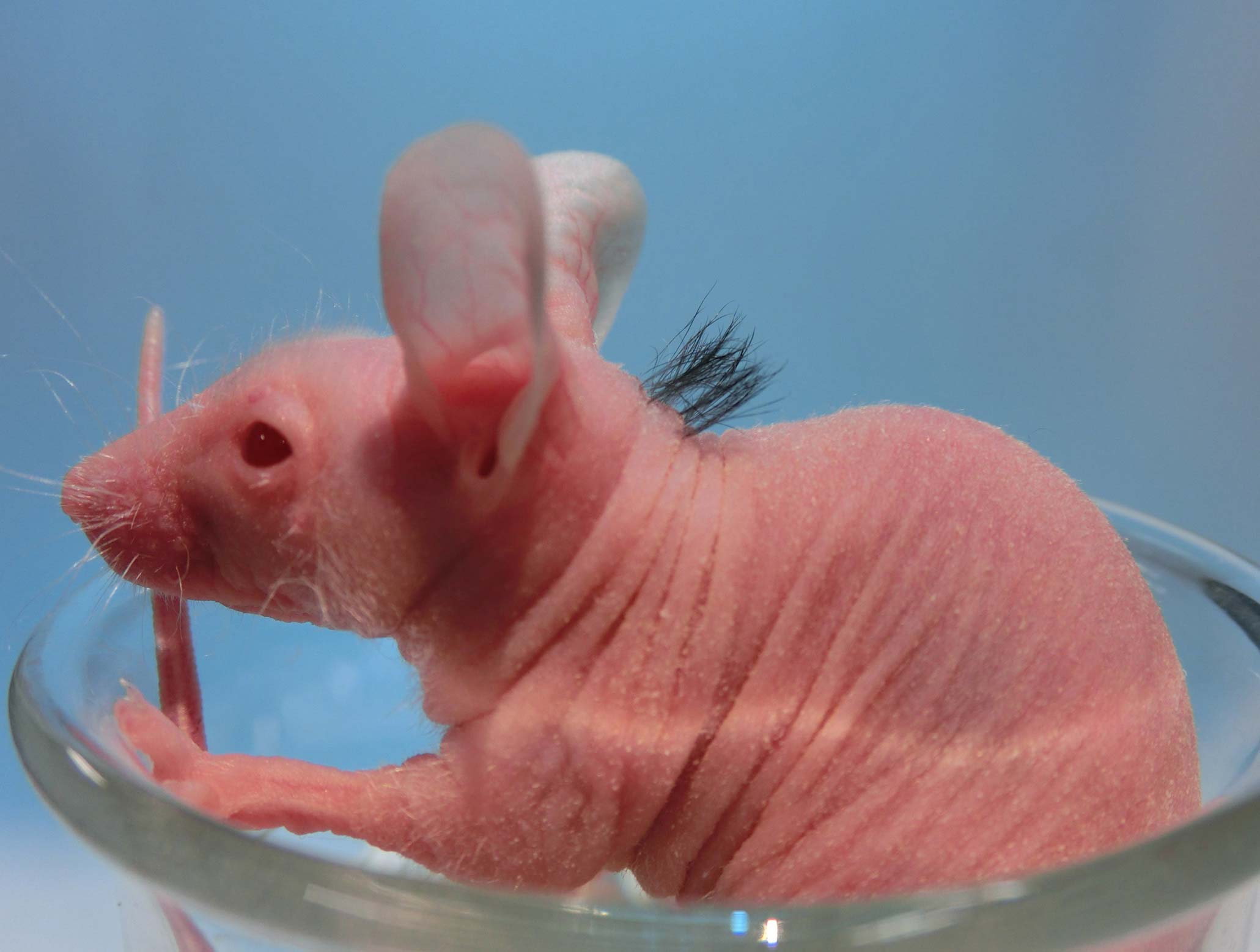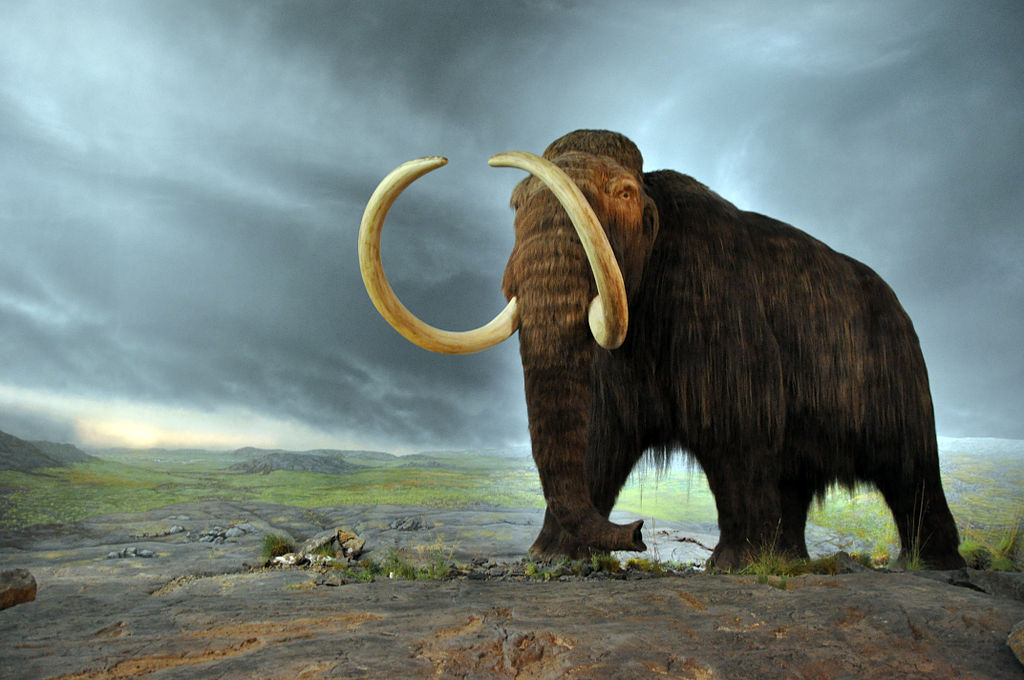Latest research animations
Self-assembly of spider silk
This gut microbe might protect against diabetes and reduce insulin resistance
NEW: One-way hydrogel guides motion of tiny worms!
Latest Posts
No Results Found
The page you requested could not be found. Try refining your search, or use the navigation above to locate the post.
No Results Found
The page you requested could not be found. Try refining your search, or use the navigation above to locate the post.
14

Why “nihonium”?
Kosuke Morita and Kouji Morimoto talked to reporters on Thursday morning about how they came up with name “nihonium” for element 113.
8

Nerd Nite comes to Tokyo
3

RIKEN Research Spring issue is here
Just a quick post to let you know that the Spring issue of RIKEN Research Magazine came out towards the end of March. This issue covers issues including the discovery of element 113, earth-friendly pesticides, and the secrets of a rice-killing fungal toxin. Enjoy!
1

Organ regeneration in the lab
Interview with Takashi Tsuji, team leader of the Laboratory for Organ Regeneration at the RIKEN Center for Developmental Biology
31

Of mice and NREM: In this brain circuit, memories depend on sleep
The parts of the brain responsible for creating a memory must be re-activated during a specific part of the sleep cycle for mice to remember.
25

